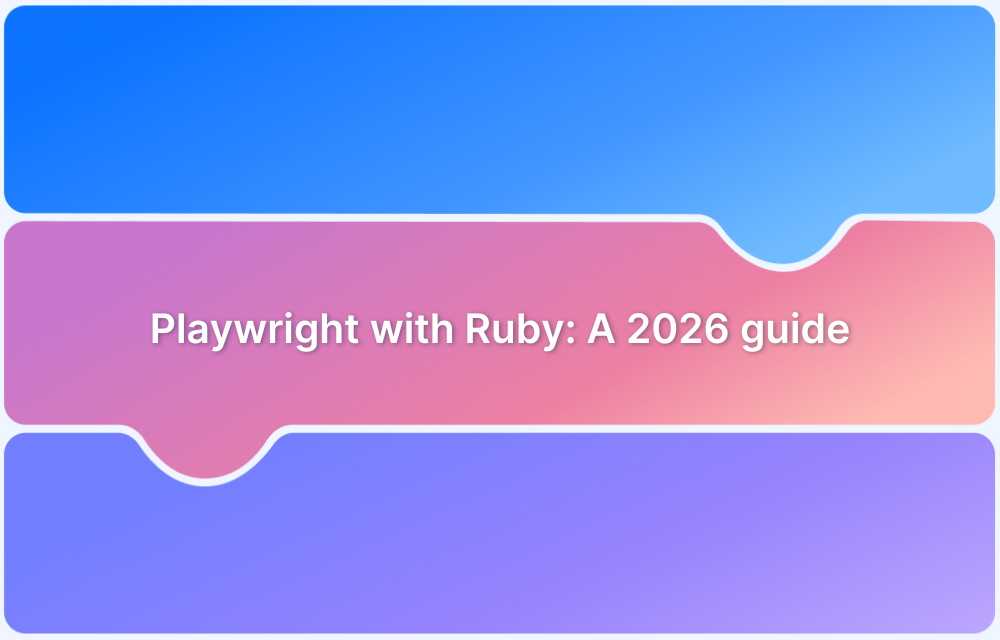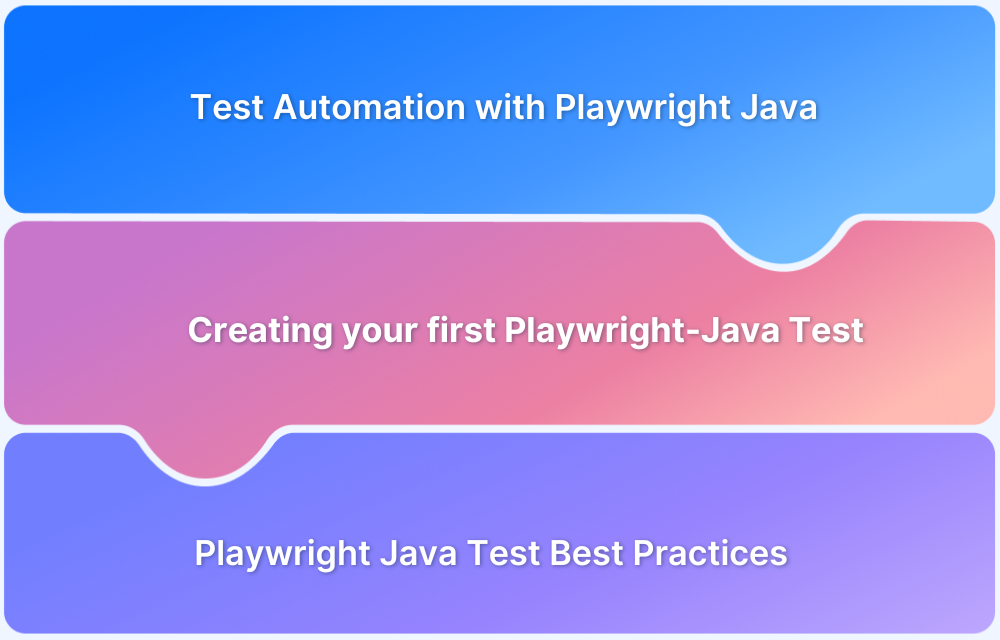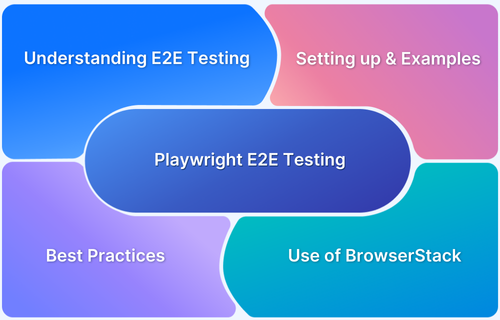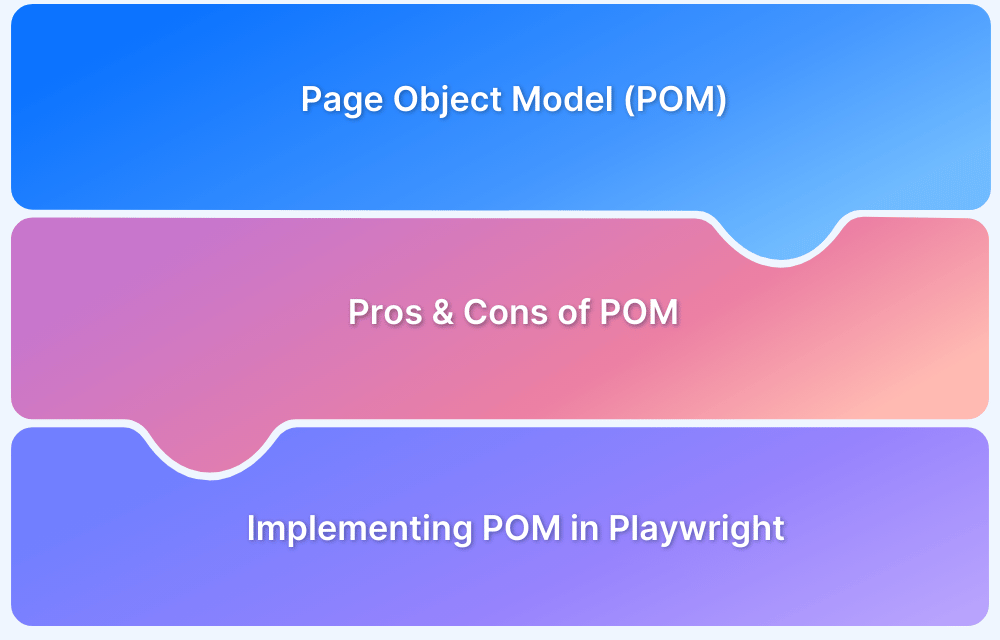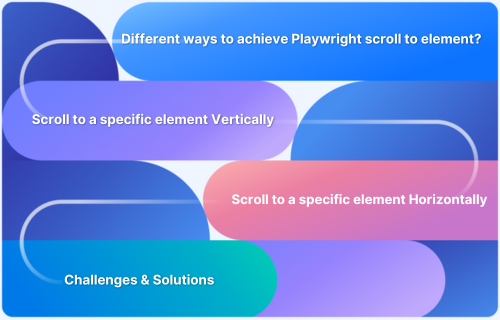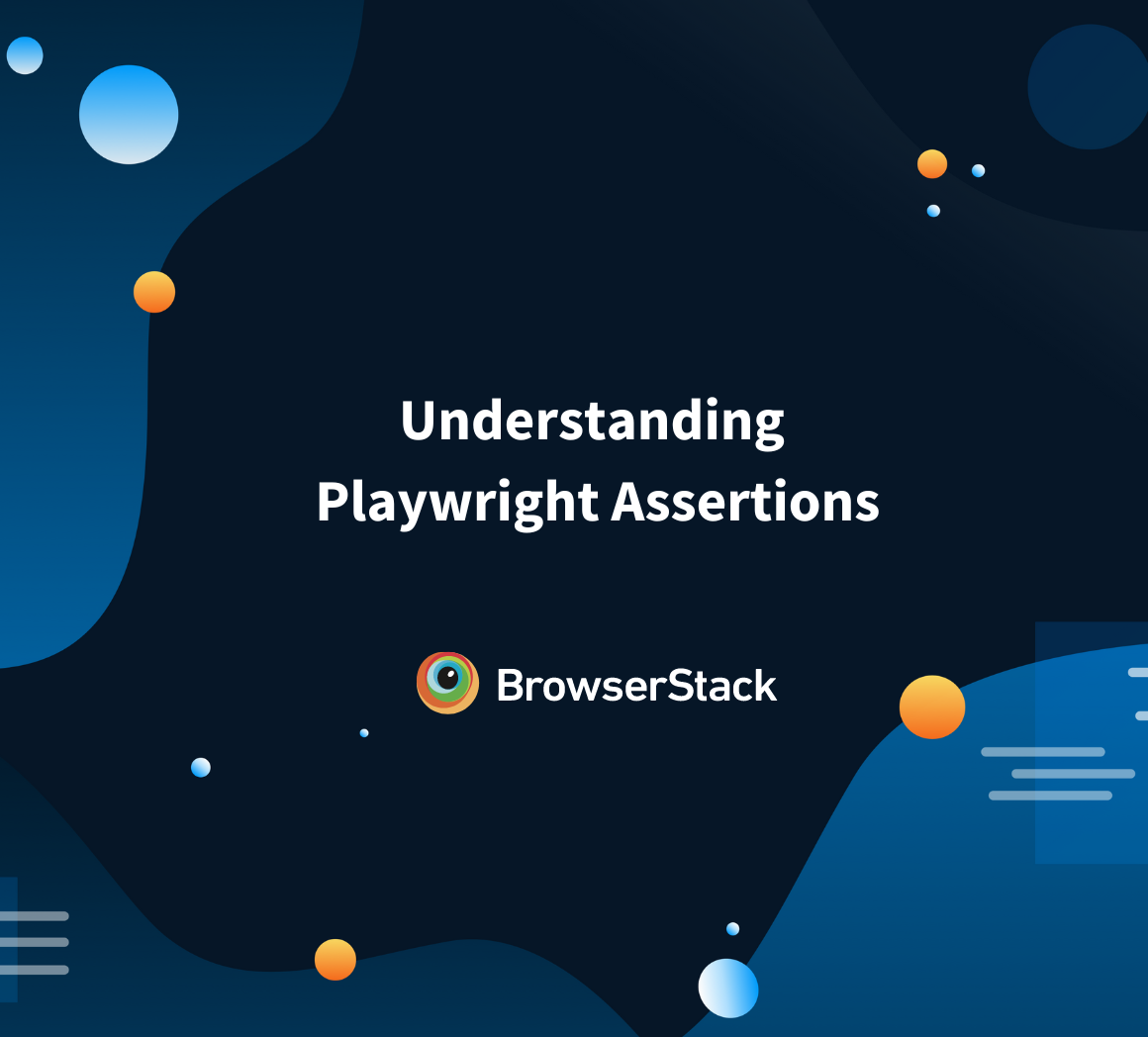In 2026, Playwright remains one of the top choices for browser automation, offering support for multiple browsers and devices with ease. Ruby developers can now leverage Playwright to automate web testing, simulate user interactions, and ensure the reliability of web applications.
This guide will walk you through getting started with Playwright and Ruby, writing your first tests, and integrating them into CI/CD pipelines, including using cloud-based services like BrowserStack Automate to run tests on real devices.
Why Use Playwright with Ruby in 2026
Playwright for Ruby brings the power of Playwright’s cross-browser automation to Ruby developers. Some key reasons to use Playwright with Ruby in 2026 include:
- Cross-Browser Testing: Playwright supports Chromium, Firefox, and WebKit, enabling comprehensive testing across different browser engines.
- Speed and Reliability: Playwright runs tests faster and more reliably compared to older frameworks like Selenium, with better handling of modern web features.
- Mobile Testing: With Playwright’s ability to simulate mobile browsers, Ruby developers can test mobile-responsive web applications easily.
- Ruby Compatibility: Ruby developers can leverage Playwright’s flexibility and rich features while staying within their preferred language environment, making it ideal for those already using Ruby in their projects.
Prerequisites: Ruby, Node.js & Environment Setup
Before diving into Playwright with Ruby, ensure your development environment is properly configured:
- Ruby Installation: Ensure Ruby is installed on your machine. You can check this by running ruby -v in your terminal. If not, download and install Ruby from ruby-lang.org.
- Node.js: Playwright relies on Node.js for browser automation. Install the latest LTS version of Node.js from the official website.
- Playwright Ruby Client: The Playwright Ruby client enables interaction with Playwright in Ruby scripts. To install this client, run:
gem install playwright
- Browser Dependencies: Playwright requires browser binaries to operate. Install these using the following:
npx playwright install
Installing the playwright-ruby-client Gem and Browser Binaries
To begin using Playwright with Ruby, follow these steps:
Install the Playwright Ruby Client: Open your terminal and run the following command to install the Playwright Ruby client:
gem install playwrightInstall Browser Binaries: Playwright requires browsers to perform automation tasks. You can install the necessary browser binaries by running:
npx playwright installVerify Installation: To check that everything is installed correctly, you can run a simple Ruby script to launch a browser and navigate to a page.
Writing Your First Browser Automation Script in Ruby
Now that you have Playwright installed, let’s write a simple automation script using Ruby. This script will launch Chromium, navigate to a website, and take a screenshot:
require ‘playwright’Playwright.create(playwright_cli_executable_path: ‘/path/to/playwright-cli’) do |p|Run the script by executing:
browser = p.chromium.launch(headless: true)
page = browser.new_page
page.goto(‘https://example.com’)
page.screenshot(path: ‘example.png’)
browser.close
end
ruby example_script.rbThis code launches Chromium in headless mode, navigates to https://example.com, takes a screenshot, and saves it as example.png.
Read More: Playwright vs Cypress: A Comparison
Key API Concepts: Browser, Context, Page, and Locators
To effectively use Playwright in Ruby, it’s essential to understand a few key concepts:
- Browser: A browser instance in Playwright is used to control and automate interactions. You can launch and close browsers via the Playwright API.
- Context: Playwright allows tests to be isolated by creating separate contexts for each test, preventing tests from interfering with each other. A context is essentially an isolated browser session.
- Page: A page represents a browser tab. You can interact with pages by performing actions like navigating to URLs, clicking buttons, and filling out forms.
- Locators: Locators are used to identify elements on the page, such as buttons, input fields, and links. Playwright provides methods to query elements based on CSS selectors, XPath, and more.
Running Playwright-Ruby Tests in Headless vs Headed Modes
Playwright tests can run in two modes:
Headless Mode: In this mode, the browser UI is not visible, making it ideal for automation and continuous integration (CI) environments. To enable headless mode, pass the headless: true argument when launching the browser.
Example:
browser = p.chromium.launch(headless: true)Headed Mode: For debugging purposes, you can run tests in headed mode, which shows the browser’s UI. This mode is useful when you want to visually inspect test execution.
Example:
browser = p.chromium.launch(headless: false)
Read More:Web Scraping with Playwright
Integrating Playwright-Ruby Tests into CI/CD & Cloud Grids
Automated browser tests should be part of your CI/CD pipeline to catch issues early. To integrate Playwright tests into your pipeline:
- Install Dependencies: Ensure your CI/CD environment installs Ruby, Playwright, and necessary browser binaries before running tests.
- Run Playwright Tests: Add a step in your CI/CD pipeline configuration to execute your Playwright tests:
ruby my_test_script.rb
- Test Reports: Generate and collect test reports from Playwright using built-in reporters or third-party tools like Allure.
For maximum reliability, it’s important to test on real devices and browsers, not just emulators or headless environments. BrowserStack Automate allows you to run your Playwright Ruby tests on real browsers and mobile devices, enabling you to catch device-specific issues early.
With BrowserStack Automate, you can:
- Run Playwright tests on real mobile and desktop devices.
- Test across multiple browsers and versions to ensure compatibility.
- Integrate seamlessly into your CI/CD pipelines for continuous testing.
Best Practices & Common Pitfalls for Playwright with Ruby
To ensure your Playwright Ruby automation is scalable and reliable, consider these best practices:
- Isolate Tests in Separate Contexts: Always use separate contexts for different tests to avoid cross-test data contamination.
- Handle Dynamic Content: Make sure your tests are resilient to dynamic content loading, like waiting for elements to appear or handling asynchronous requests.
- Use Parallel Execution: To speed up test execution, use Playwright’s parallel test execution features to run multiple tests simultaneously.
- Maintain Clean and Organized Code: Keep your test scripts organized and modular to make them easier to maintain.
Conclusion
Playwright for Ruby offers a modern, efficient solution for automating browser tests in 2026. With support for multiple browsers, headless and headed modes, and integration into CI/CD pipelines, Playwright simplifies testing workflows.
By combining it with BrowserStack Automate, you can take your automation to the next level by testing on real devices and browsers. This setup ensures reliable, cross-browser test coverage for your web applications, making Playwright and Ruby a powerful combination for end-to-end automation.
